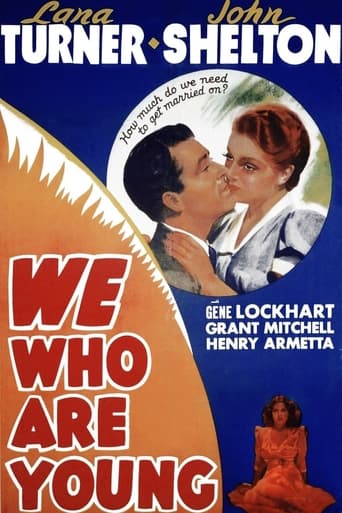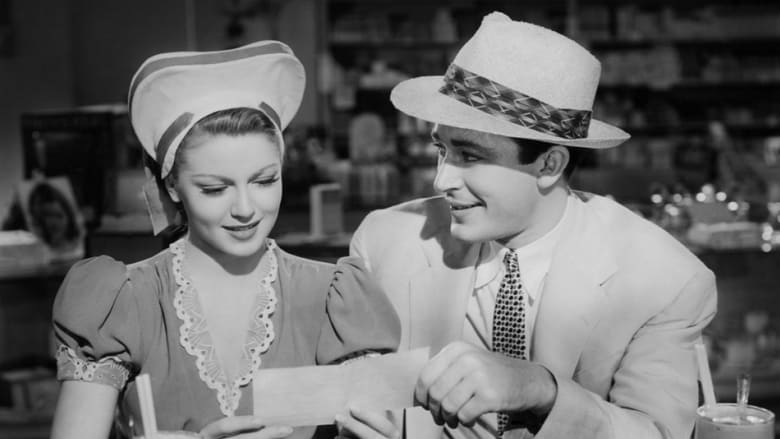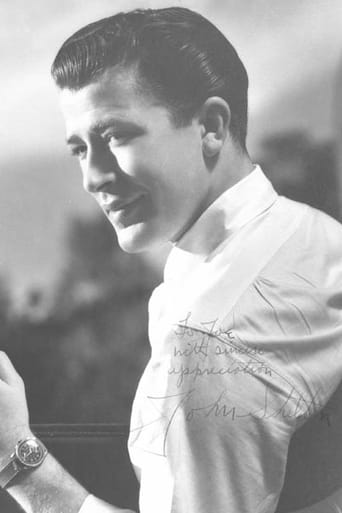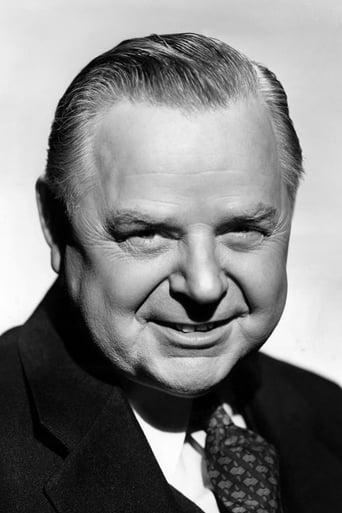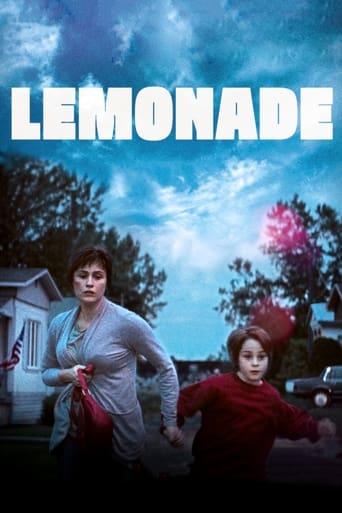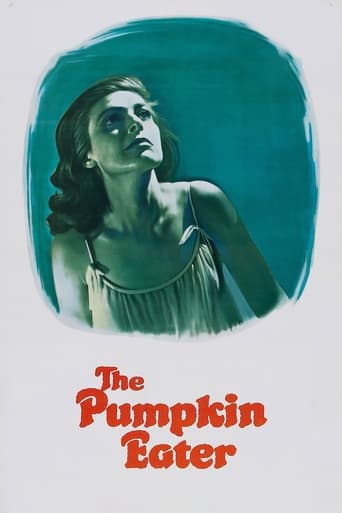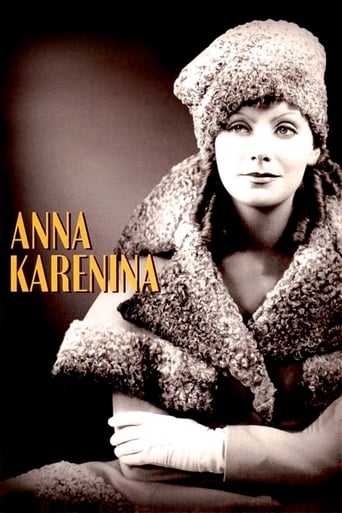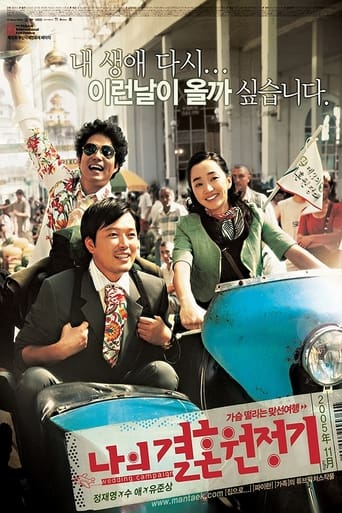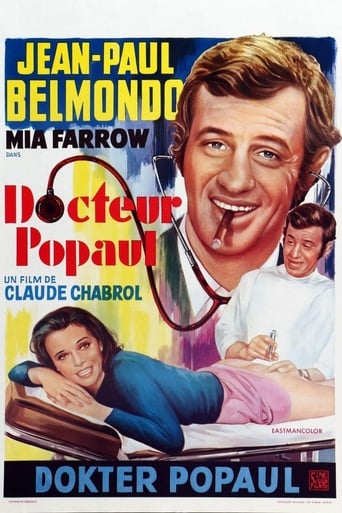We Who Are Young (1940)
A man violates company policy by getting married.
Watch Trailer
Free Trial Channels
Cast


Similar titles
Reviews
While it doesn't offer any answers, it both thrills and makes you think.
It's the kind of movie you'll want to see a second time with someone who hasn't seen it yet, to remember what it was like to watch it for the first time.
I didn’t really have many expectations going into the movie (good or bad), but I actually really enjoyed it. I really liked the characters and the banter between them.
Just intense enough to provide a much-needed diversion, just lightweight enough to make you forget about it soon after it’s over. It’s not exactly “good,” per se, but it does what it sets out to do in terms of putting us on edge, which makes it … successful?
The 'young' in the title of this film are a newlywed couple played by the rising Lana Turner and leveling John Shelton. We Who Are Young tells of the trials and travails of young married folk during the 30s.Both are working until Turner takes maternity leave. Shelton who has been raised in a strong work ethic home is being driven slowly crazy by the enforced idleness as he seeks employment in an uncaring world.It's hard to explain, but during the Depression years unemployment rose to almost a quarter of the population. If you were raised in a strong work ethic home getting a relief check (welfare in these days) was an act stripping the male of his manhood. That is conveyed quite well by Shelton and Turner is wonderful as the supportive wife and soon to be mother.I would compare this film to the James Stewart/Carole Lombard classic Made For Each Other. Made For Each Other is better but it covers a lot of the same ground that We Who Are Young Does.Lana Turner's fans will approve.
If you don't like classics in general and are not sentimental, then don't watch. However, I think this movies' appeal is to those that enjoy watching a simple little sentimental 40's period movie without references to gangsters, WWII, and want to be a bit soapy. Turner and Shelton were both very young and good looking. Shelton's performance was good for that particular part- I don't think there was anything wrong with it. It is unfair to compare him to Turner, since she went on to become one of Hollywood's greatest actors/actresses. The predicament Shelton's character was in ...would make many a man result to tears and theatrics, even today.
Dalton Trumbo, who wrote the script for this film, was one of the screenwriters blacklisted as a result of the Communist scare of the late 1940s and early 1950s. If you watch the movie with that in mind, you'll find fascinating the political sentiments he puts in the mouth of the protagonist (Shelton).It's not that the philosophy is Marxist, exactly, but it is certainly a left-wing view of working life. Shelton's antagonist, Bemis, expresses a very pure libertarian view--he got where he is though his own efforts alone, he never asked anyone for help, nor got help from any, and he's damn proud of it. He has contempt for "weaklings" who don't match his self-sufficiency.Shelton--Trumbo, that is--calls him out. He says that no one has ever done anything alone, he's always had help from the others around him and that people depend on each other for support and there's nothing wrong with that. Rules may be rules, but they must be administered with human kindness.We're still having the very same argument today, in almost the same words. I've found myself having identical discussions on Facebook and Reddit, and the libertarian view is alive and well. Interestingly, Trumbo makes some of the same points I have made in these discussions.Anyhow, there's a non-obvious deeper layer to this film that makes it interesting in today's political environment. It's worth seeing for that reason, if for no other.
John Shelton and Lana Turner star are "We Who Are Young," a 1940 film also starring Gene Lockhart. Turner and Shelton are newlyweds who work in the same office; she's fired as soon as the boss (Lockhart) finds out. Married women can't work there; it seems they're taking the jobs away from the more deserving men, and after all, a husband should be able to support his wife. I don't know about the work rule, but it was the prevailing attitude that if your wife worked, you couldn't support her. The couple has trouble meeting their furniture payments, so hubby takes a loan. When he can't make those payments, his salary his attached. His boss fires him for that; you can't be an upstanding citizen if your salary is attached. Meanwhile, his out of work wife becomes pregnant, the furniture is gone, his job is gone, and he can't find another one.On one hand, it shows you how times have changed in the workplace for the better at least as far as employment laws; on the other hand, at least the Lockhart character has qualms of conscience, which no employer in this day and age would have. Firing at Christmas doesn't bother them, nor does firing someone without notice and having security escort them out, lest they steal a paper clip, nor does spending $250,000 to have their offices redecorated, only to tell employees there's no money for even a cost of living raise.John Shelton chews up the scenery as the husband. He's not particularly good, and though she doesn't get to emote like Shelton, MGM decided Lana Turner was going to be a star. She's very sweet, beautiful and fragile appearing here. Shelton I guess went into the service and lost what little grooming the studio was giving him. It looks like he quit show business in 1953.Extremely dated, not great, interesting for Turner and a look at the workplace in the 1939-41 era.

